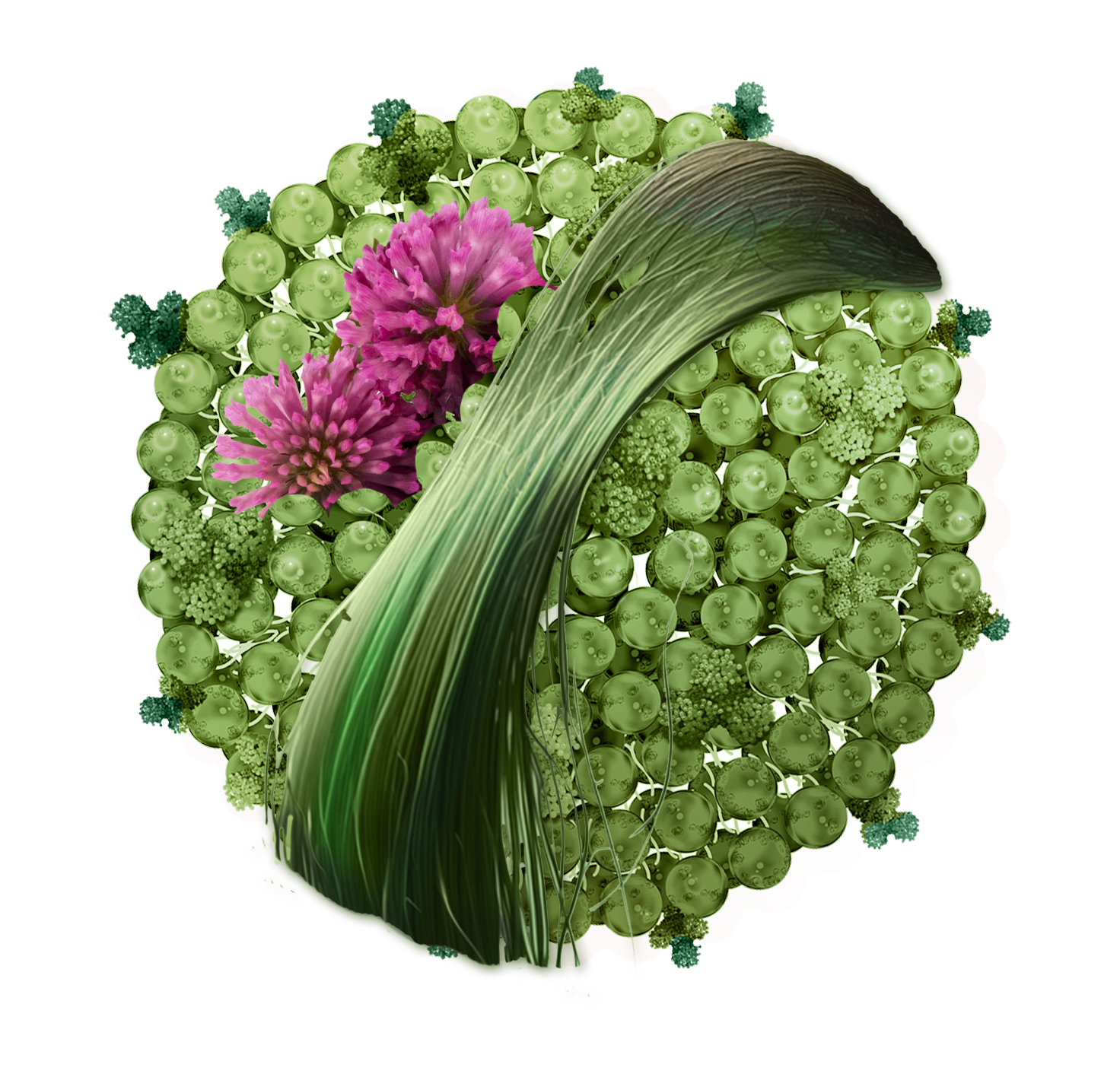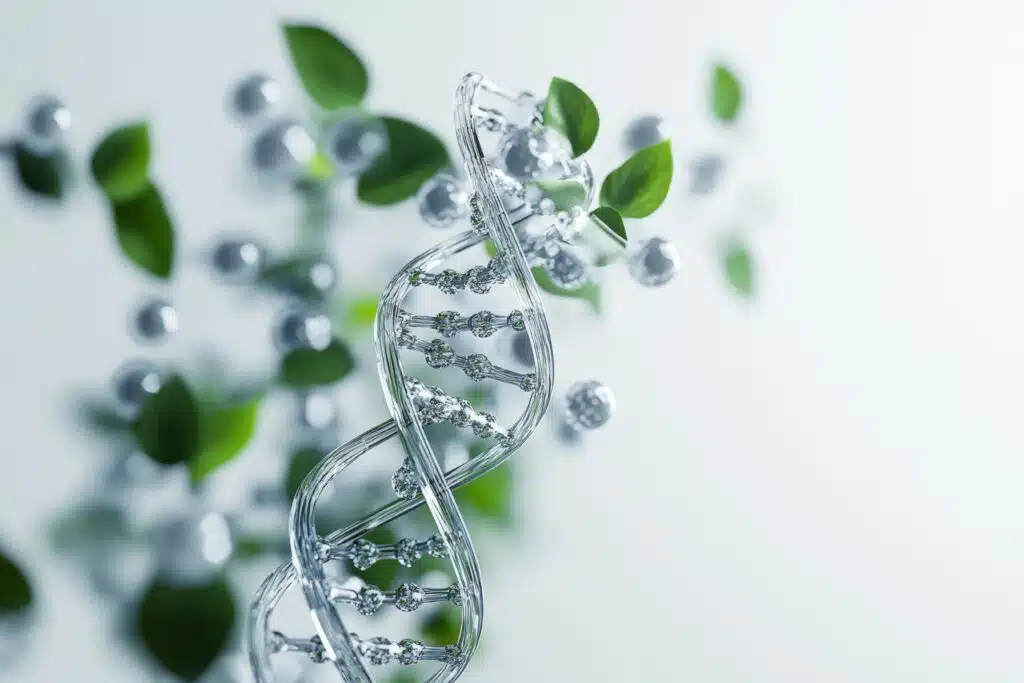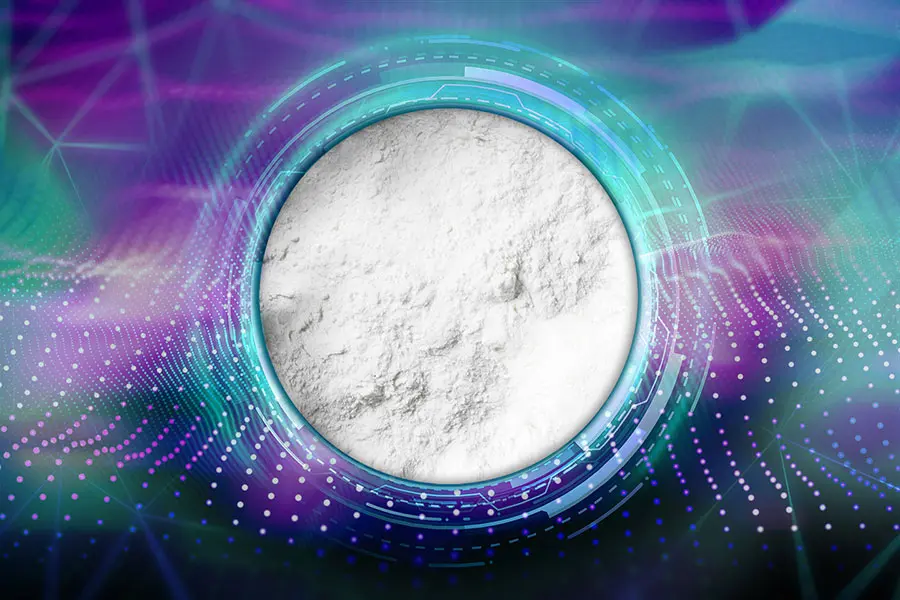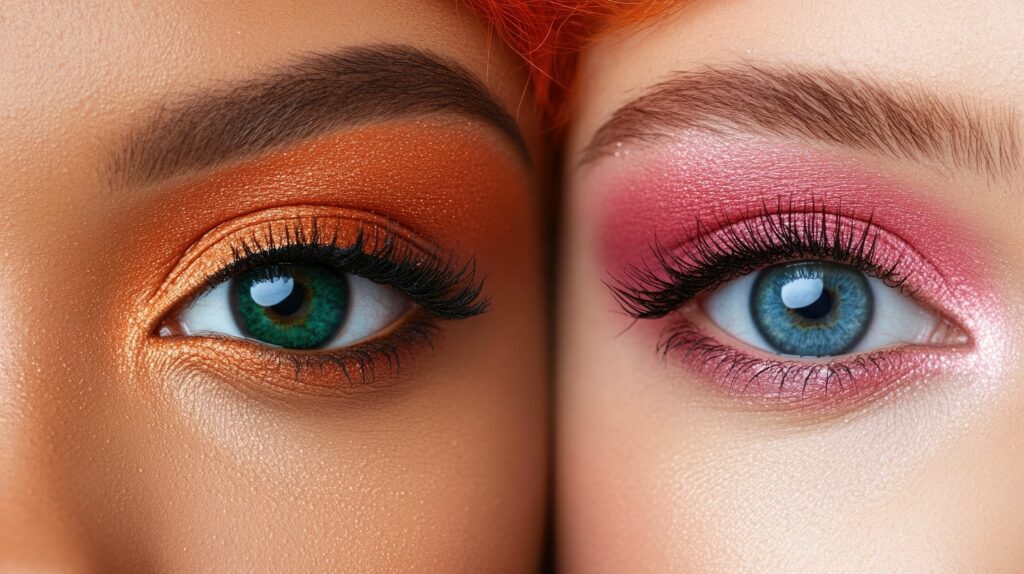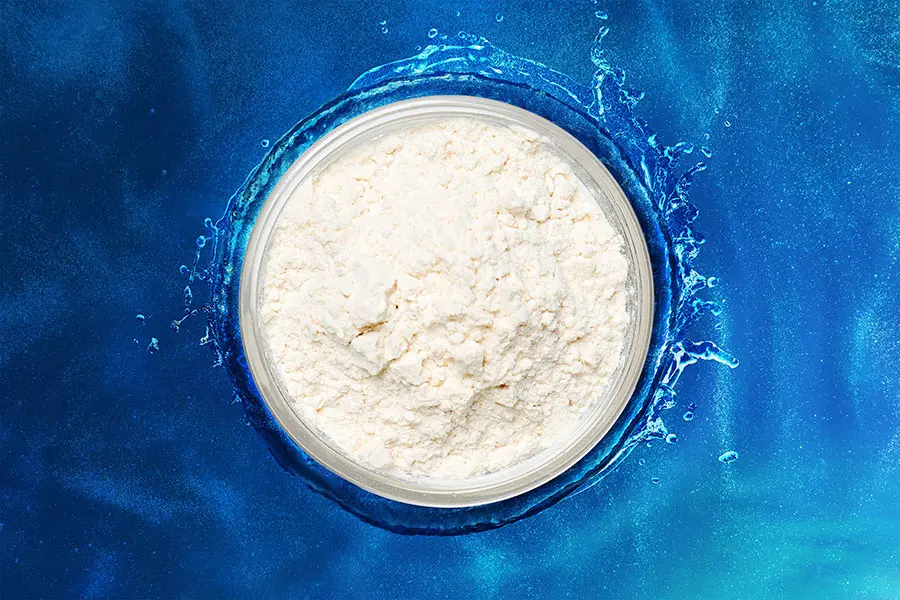Challenges in Active Ingredient Delivery
One of the primary challenges in cosmetic formulation is ensuring effective delivery of active ingredients while maintaining their stability and bioavailability. The skin’s structure presents a formidable barrier, limiting the penetration of many beneficial compounds. Conventional delivery methods—such as emulsions, suspensions, and liposomes—often fall short in achieving targeted, sustained, and efficient absorption into deeper epidermal layers or hair follicles.
Beyond penetration, formulators must also navigate chemical instability, pH fluctuations, oxidation, and ingredient interactions that can compromise a formulation’s efficacy. Additionally, there is increasing demand for vegan, biocompatible, and sustainable ingredient solutions that align with modern cosmetic trends while delivering superior performance. Addressing these formulation challenges requires innovative delivery systems that maximize both functional efficacy and formulation integrity.
What is an Exosome?
Exosomes are naturally occurring extracellular vesicles that act as intercellular messengers, facilitating the transport of biomolecules such as proteins, lipids, and nucleic acids between cells. This natural mechanism allows them to influence cellular functions, making exosomes highly relevant for targeted therapeutic and cosmetic applications.
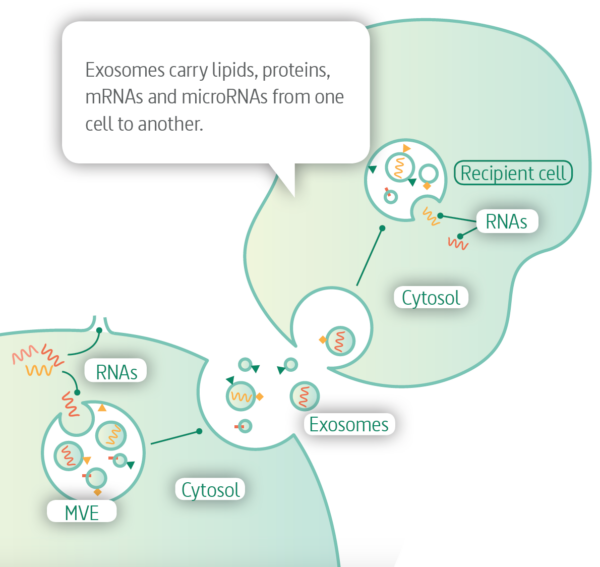
In the cosmetic field, exosome-based delivery systems provide a biomimetic approach to active ingredient transport, enhancing cellular uptake and optimizing bioavailability. Unlike traditional encapsulation systems, exosome-like vesicles demonstrate high affinity for target cells, allowing for precise, controlled, and prolonged release of actives within the skin or follicular environment.
Composition of Exosomes
Structurally, exosomes are composed of a phospholipid bilayer, which closely resembles the cell membrane. This bilayer not only provides stability and integrity to the vesicle but also enables efficient fusion with target cells, allowing for the controlled release of encapsulated bioactive compounds. This structure makes exosomes highly biocompatible, reducing the risk of immune response or irritation in cosmetic formulations. Additionally, the lipid composition of exosomes enhances their ability to penetrate biological barriers, ensuring effective delivery of active ingredients to deeper skin layers or hair follicles.

Exosomes also contain a diverse array of functional biomolecules that contribute to their efficacy in targeted delivery. These include lipids, which maintain vesicle stability and fluidity; proteins, which facilitate cellular recognition and interaction; and nucleic acids, such as RNA, which can modulate cellular processes at the genetic level. The presence of these components allows exosomes to act as biological messengers, influencing skin regeneration, inflammation responses, and overall skin health. Their ability to encapsulate and deliver therapeutic molecules makes them an advanced tool in modern cosmetic formulations.
Types of Exosomes: Plant, Bioengineered, and Biomimetic
Exosomes have gained increasing attention in the cosmetic industry due to their ability to enhance ingredient delivery and cellular interaction. However, not all exosomes are created equal. Their efficacy and suitability for cosmetic formulations depend largely on their source, production method, and stability. Understanding the distinctions between different types of exosomes is crucial for selecting the most effective delivery system for specific applications.
Exosomes used in cosmetics can be classified into three major types based on their source and production method:
As the demand for advanced, biocompatible delivery systems continues to grow, biomimetic exosome-like vesicles emerge as the optimal solution due to their enhanced stability, high bioavailability, and ability to be tailored for specific cosmetic applications. Their superior performance in ingredient transport and targeted delivery sets them apart from traditional plant and bioengineered exosomes, making them a preferred choice for next-generation skincare and haircare formulations.
Limitations of Plant and Bioengineered Exosomes
While plant-derived and bioengineered exosomes offer promising benefits, they come with notable limitations that hinder their scalability and practicality in cosmetic formulations. One significant issue is low exosome concentration, as natural exosomes exist in minimal quantities, making extraction and large-scale production inefficient. Additionally, limited customization restricts their application; plant-derived exosomes contain a fixed composition that cannot be easily modified to optimize the delivery of specific actives, reducing formulation flexibility.
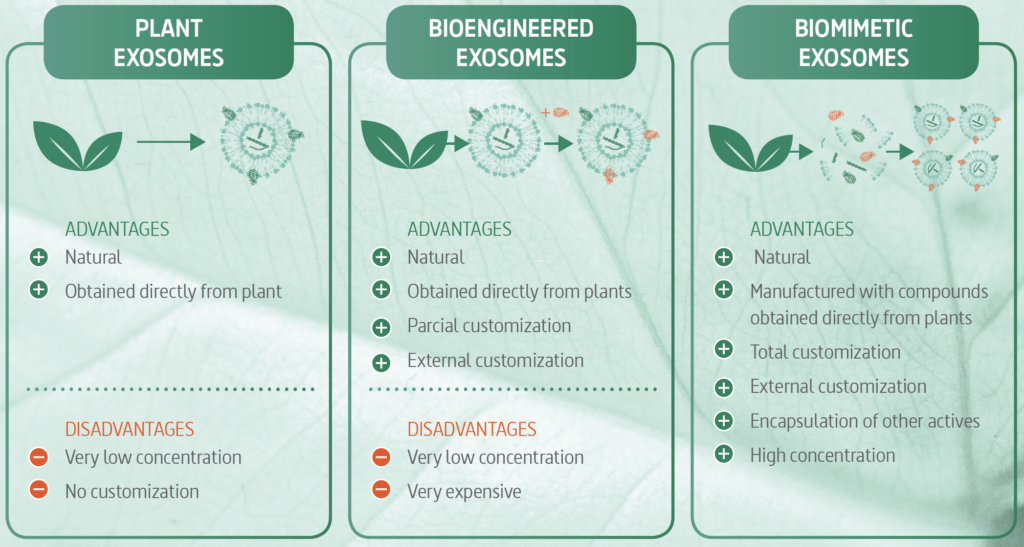
Another major challenge is stability—bioengineered exosomes often require strict storage conditions to prevent degradation, leading to increased formulation complexity and limiting their shelf-life. Furthermore, regulatory concerns surrounding the use of cellular components in bioengineered exosomes pose hurdles for commercialization, as stringent regulations may restrict their use in cosmetic products. These limitations underscore the need for a more stable, customizable, and efficient alternative in the form of biomimetic exosome-like vesicles.
Advantages of a Biomimetic Exosome-Like System
The evolution of cosmetic delivery systems has led to the emergence of biomimetic exosome-like vesicles, which effectively bridge the gap between natural biological processes and advanced formulation technology. Unlike traditional delivery methods that may struggle with penetration, stability, or compatibility issues, biomimetic exosome-like systems offer a highly efficient, customizable, and scientifically advanced approach. By harnessing the natural mechanisms of cellular communication, these vesicles facilitate the precise delivery of active ingredients, ensuring improved efficacy and enhanced performance across a range of cosmetic applications.
INdermal’s biomimetic exosome-like systems offer:
As cosmetic science advances, biomimetic exosome-like vesicles stand out as a next-generation innovation capable of addressing formulation challenges while improving ingredient bioavailability. Their ability to be engineered for specific applications, maintain stability in varying conditions, and facilitate deep penetration makes them an indispensable tool for formulators looking to push the boundaries of skincare and haircare efficacy. By integrating biomimetic exosome technology into formulations, cosmetic brands can deliver superior, results-driven products that align with modern scientific and consumer expectations.
INdermal’s Exosome Products: EXO FDS FolliXield & EXO FDS Azelaic Fusion
INdermal has developed two specialized biomimetic exosome-like delivery systems designed for targeted hair and skincare applications:
By integrating these cutting-edge delivery systems into formulations, brands can significantly enhance the performance and precision of their haircare and skincare products, meeting consumer demand for science-backed, high-efficacy solutions.
Liposomes vs. Exosomes
While liposomes and exosome-like vesicles share some structural similarities, they differ significantly in functionality and efficacy. Liposomes are phospholipid-based vesicles traditionally used for encapsulating both hydrophilic and lipophilic actives. However, their main limitation lies in their lack of cellular targeting mechanisms, which results in a more superficial delivery of active ingredients. This means that while liposomes can enhance the stability of ingredients, their ability to effectively reach and interact with target cells is relatively limited, leading to less efficient bioavailability.
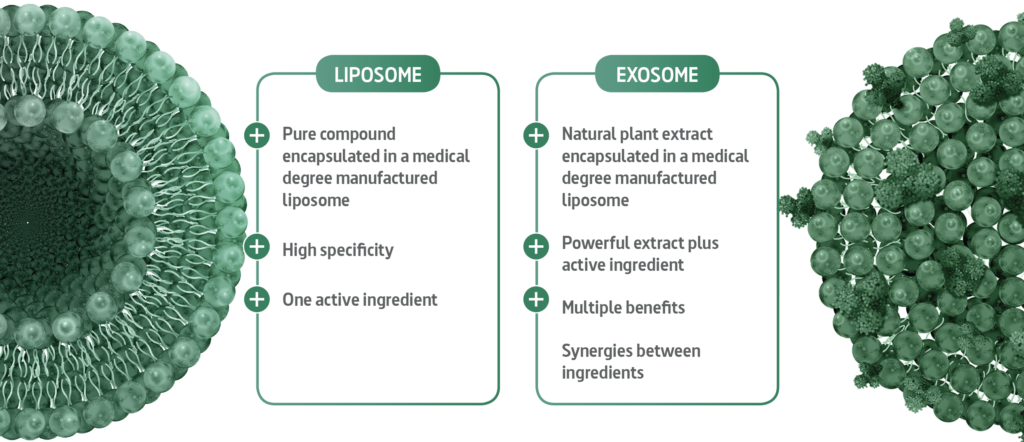
In contrast, exosome-like vesicles function as biomimetic carriers, designed to interact with cells in a way that mimics natural intercellular communication. Their surface-loaded proteins facilitate cellular uptake, allowing for deep penetration into the skin or follicular structure, leading to enhanced active ingredient absorption. Unlike liposomes, which passively release their contents, exosome-like vesicles engage in a more targeted and sustained delivery, making them a superior choice for applications requiring precise and long-lasting efficacy.
Why Biomimetic Exosomes are the Future of Ingredient Delivery
The selection of an appropriate exosome-based delivery system is essential for optimizing ingredient efficacy and ensuring formulation success. While plant-derived and bioengineered exosomes present challenges related to stability, production, and scalability, biomimetic exosome-like vesicles provide a scientifically advanced, customizable, and high-performance alternative.
INdermal’s biomimetic exosome technology represents a breakthrough in cosmetic formulation, offering unparalleled ingredient stability, enhanced bioavailability, and precise targeted delivery. As the industry continues to demand cutting-edge, biocompatible solutions, biomimetic exosomes set the stage for the next evolution of skincare and haircare innovation.
Explore INdermal’s brochure below to learn more. To request additional details or discuss formulation opportunities, submit a request on our website or contact your designated sales representative today.

